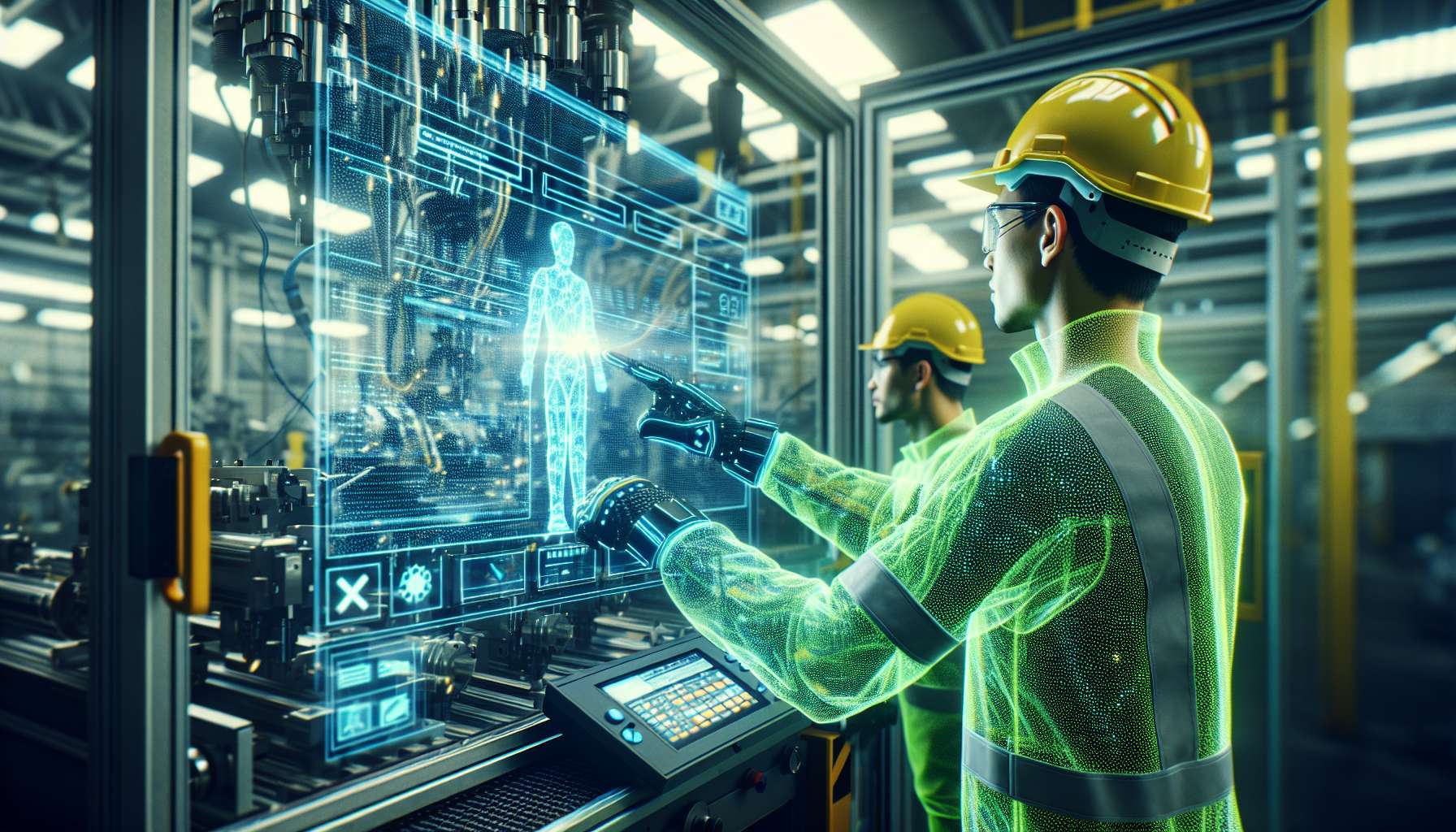Unlocking the Potential of Augmented Reality for Manufacturing Efficiency
Manufacturing has always been a complex and dynamic industry, constantly seeking ways to improve efficiency and productivity. In recent years, the emergence of augmented reality (AR) technology has opened up new possibilities for manufacturers to streamline their operations and achieve higher levels of efficiency. In this article, we will explore how AR is revolutionizing the manufacturing sector and uncover the key benefits and applications of this transformative technology.
Enhancing Training and Onboarding Processes
One of the most significant challenges in manufacturing is ensuring that employees are properly trained and equipped to perform their tasks efficiently. AR offers a game-changing solution by providing immersive and interactive training experiences. With AR, new employees can be guided through step-by-step instructions overlaid on real-world objects, reducing the learning curve and minimizing errors. This not only accelerates the onboarding process but also improves overall productivity and reduces training costs.
Optimizing Assembly and Maintenance Operations
AR empowers manufacturing workers by providing them with real-time information and guidance during assembly and maintenance tasks. By wearing AR-enabled devices, such as smart glasses, workers can access digital overlays that display instructions, diagrams, and even 3D models directly in their field of view. This hands-free approach eliminates the need to constantly refer to manuals or computer screens, allowing workers to perform tasks more efficiently and accurately. Additionally, AR can assist in identifying potential issues or malfunctions, enabling proactive maintenance and reducing downtime.
Improving Quality Control and Inspection Processes
Ensuring product quality is paramount in manufacturing. AR can significantly enhance quality control and inspection processes by providing real-time visual feedback and guidance. By overlaying digital information onto physical objects, AR can highlight defects, provide measurements, and compare products against predefined standards. This not only speeds up the inspection process but also reduces human error and improves overall product quality.
Streamlining Supply Chain and Logistics
AR can also play a crucial role in optimizing supply chain and logistics operations. By leveraging AR technology, manufacturers can visualize and track inventory, monitor shipments, and streamline warehouse operations. For example, AR can provide warehouse workers with real-time information about the location and quantity of products, reducing search time and improving inventory management. Furthermore, AR can assist in route optimization, ensuring that goods are delivered efficiently and on time.
Looking Ahead: The Future of AR in Manufacturing
The potential of AR in manufacturing is vast and continues to expand. As the technology evolves, we can expect to see even more advanced applications, such as remote assistance, where experts can guide on-site workers through complex tasks using AR-enabled devices. Additionally, the integration of artificial intelligence (AI) with AR holds immense promise, enabling predictive maintenance, real-time data analysis, and intelligent decision-making.
Manufacturers who embrace AR technology today are positioning themselves at the forefront of innovation and efficiency. By leveraging the power of AR, they can unlock new levels of productivity, reduce costs, and improve overall business performance. The efficiency frontier is within reach, and augmented reality is the key to unlocking its full potential.





